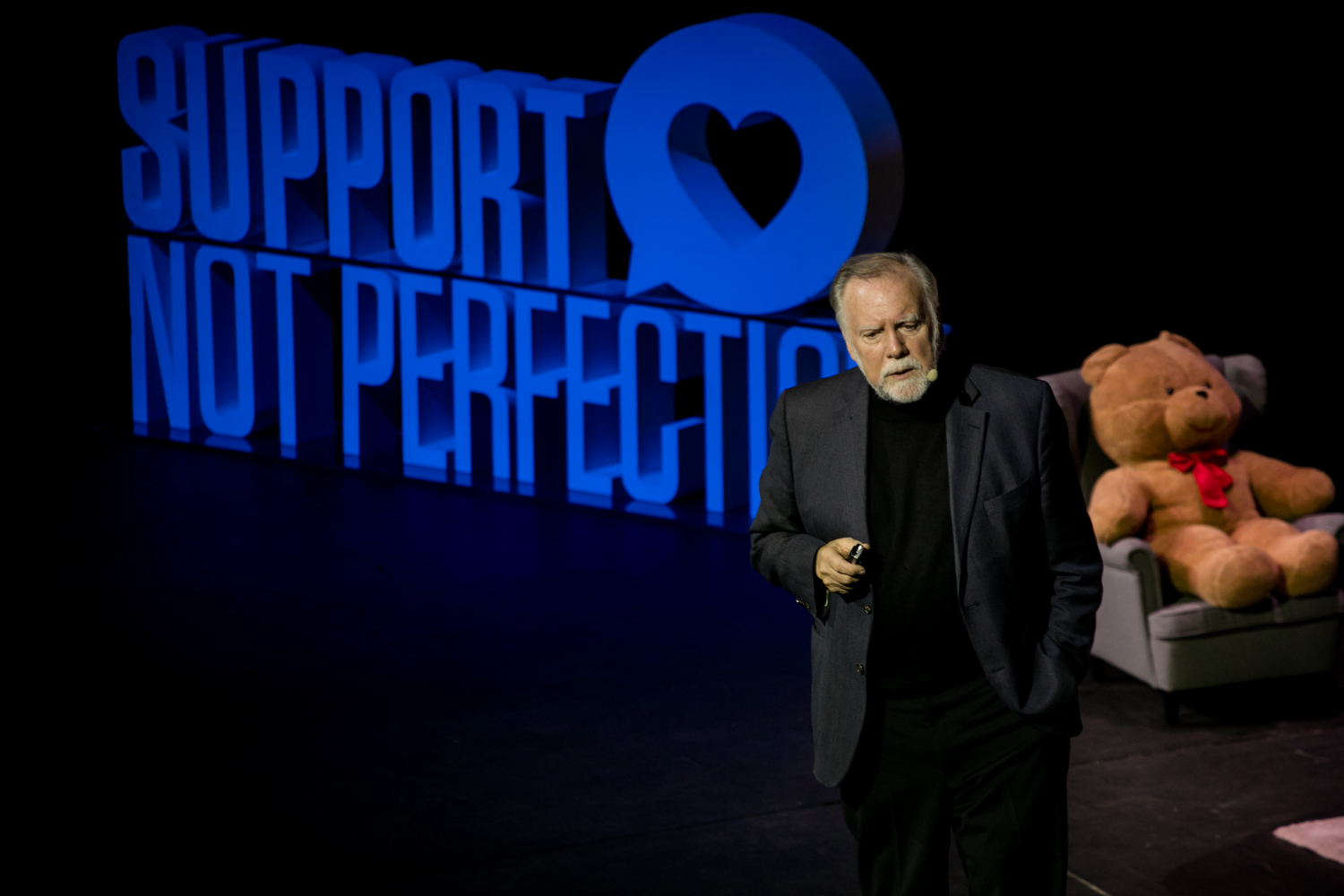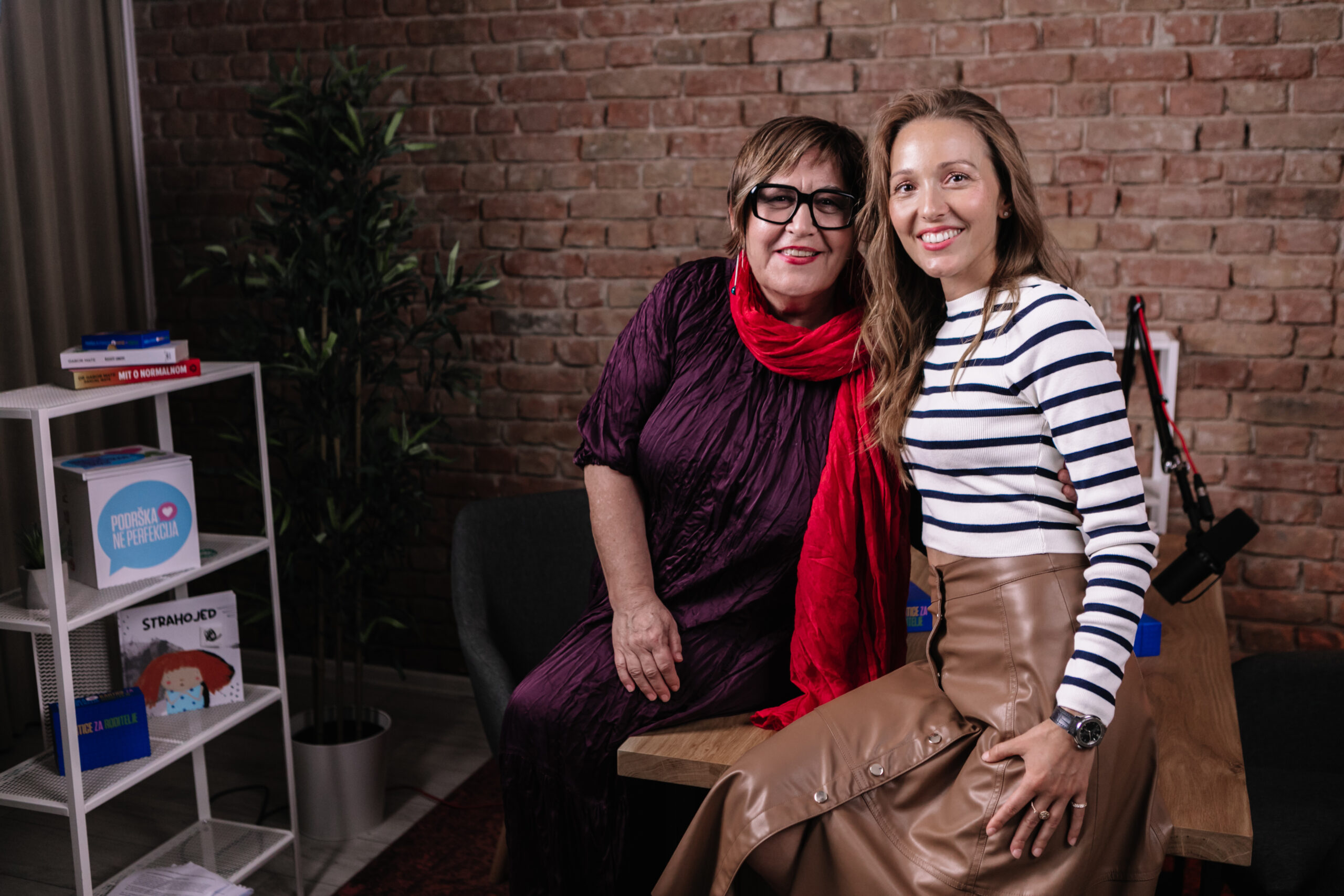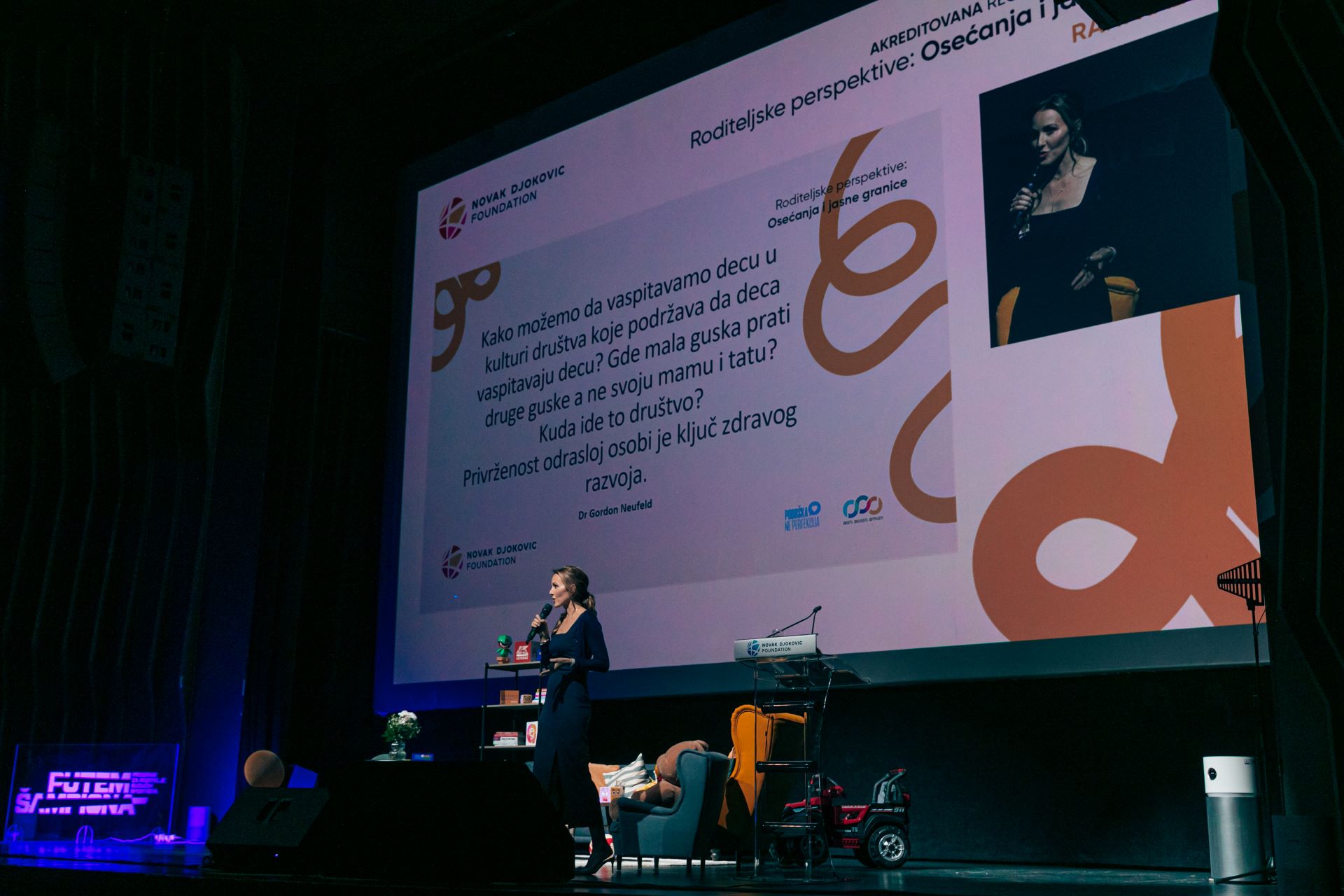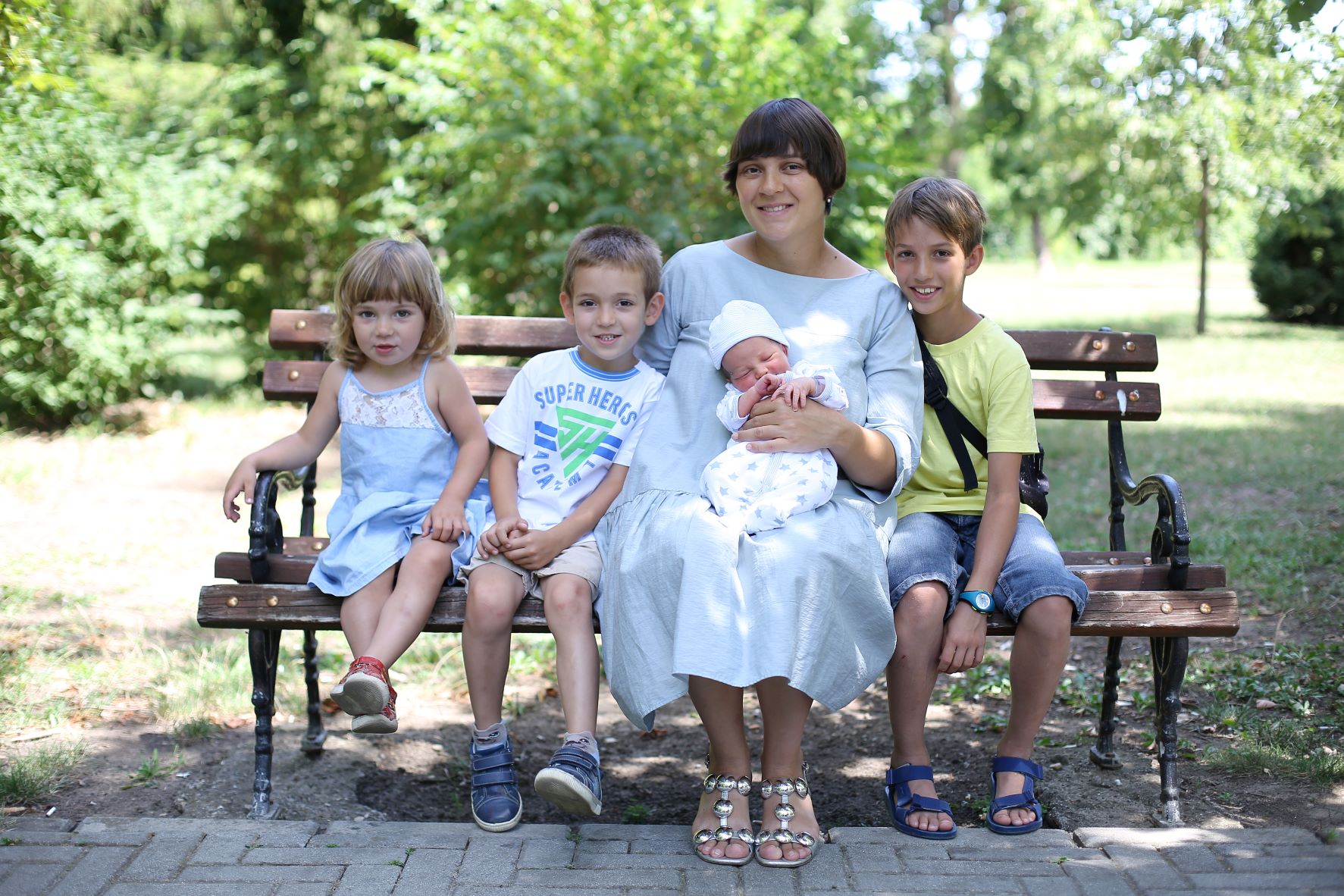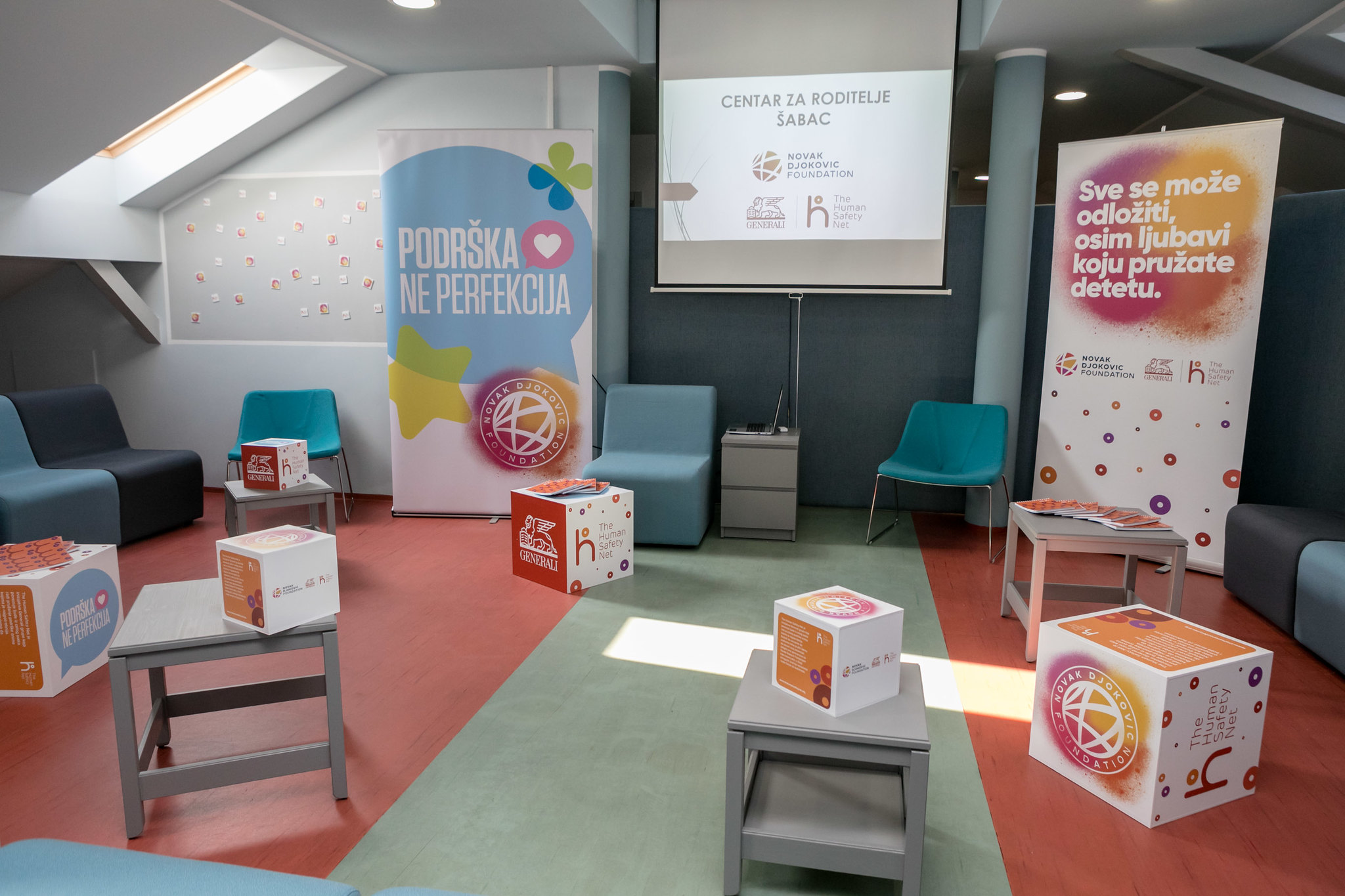It may sound like a scary phase if it happens of your child being diagnosed with a Learning Disorder. However, help is available and a bright future is expected for your child.
When it comes to school, common sense would say it is all about an „effort in/result out“ relation, and those who can’t keep up with the rest of the class are generally labeled as lazy or dumb. Nonetheless, in order to provide us with a more plausible and elaborated point of view for things generally taken for granted as for their complexity, science has shown the existence of learning disabilities, and ways they can be treated.
Learning disabilities are able to interfere with learning basic skills such as reading, writing and math, or also higher level skills such as organization, time planning, abstract reasoning, long or short term memory and attention. Therefore, they can have consequences in an individual’s life beyond academics and can even affect relationships with family, friends and in the workplace.
Yet it can be neither cured nor fixed, the lifelong challenge of learning disabilities, as long as if treated with appropriate support and intervention, can give way to success in school, at work, in relationships, and in the community.
Pay attention to the early warning signs
Yet the signs and symptoms of learning disabilities are most often found during school years, once it is the period more likely for difficulties with reading, writing or math to be recognized, some children do without an evaluation until much later in their education, or until becoming adults in the workforce. Others may never even get an evaluation and spend life not knowing why difficulties with academics or problems in their jobs or in relationships with family and friends exist.
Once it is a genetic issue or caused by the exposition to toxins like lead while in the womb, a learning disorder cannot be prevented, but treated. This way, observing clues which could show up in preschool is an efficient way, yet easy to overlook, once children learn at their own pace and go through many phases. Even so, common symptoms of LDs are difficulty rhyming words, pronouncing new words or remembering everyday routines, like how to zip a jacket.
LD’s are not a question of smartness
Yet being unfairly labeled as stupid or lazy, many kids with LD’s are really smart. The thing is that their brains work differently, getting in the way of their ability to learn, says Lois Kam Heymann, director of the Auditory Processing Center at the Center for Hearing and Communication in New York City.
For instance, due to brain scans it is known that dyslexic kids mainly use the right side of their brains to read rather than the left, which is the part responsible for language and analysis. Therefore, when decoding words, the information has to travel farther (from right to left) before it can be understood by kids. Dyslexic kids are slower readers partly to that. For many people with dyslexia, words can blend together „” or the spaces between them can disappear. Some dyslexic kids can whiz through big words but struggle with little ones like „at“ or „for.“
Brain differences can affect another kind of LD known as auditory processing disorder (APD). A child with APD is able to hear perfectly well, but not accurately interpret the sounds heard, like „I picked an apple from the tree“ may sound as „I picked an ample frog tree.“ For these kids, especially when the classroom turns noisy, even the simplest instructions are difficult to be deciphered.
The effects of LD’s involve life in „” and out of „” the classroom
If a child has trouble staying organized in class, the same applies for when they get off the bus: LD kids may find it hard to accomplish day to day actions, like tying one’s shoes. That’s why some parents give their children a „to-do“ list for the next morning that includes things most kids do automatically, including „put on your shoes.“, breaking down tasks step by step, having the children repeat each step back before they do it, and reinforcing the list with a chart, allowing them to do these things by themselves.
Therefore, it is important for parents to have realistic expectations when dealing with the areas that a kid finds challenging. But set high expectations where kids show strengths and can stand on their own two feet. That’s another way to help boost self-confidence.
Don’t worry, kids with LDs have bright futures
Yet parents may feel anxious, angry, or crushed as soon as their child gets diagnosed, with the right tools, kids can excel and be successful. According to doctor Eichenstein, „Kids with learning disorders have the potential to change the world because of their creative, out-of-the-box thinking. The challenge is keeping their self-esteem strong and helping them find their unique talents.“
First, finding the right kind of help is utmostly important. Take a look at the International Dyslexia Association (Interdys.org) and try locating a learning center.

Learning Disorder X Trouble Learning
There is a big difference between struggle and difficulty. To get things clearer, Rita Eichenstein, Ph.D., a pediatric neuropsychologist tells more about what differs between them.
It’s probably NOTt an LD if your child“¦
- Used to do fine in school. Divorce, death, family problems, dealing with bullies, or getting used to a new school can all cause setbacks or cause a good student to suddenly fall behind.
- Benefits from short-term help. Extra attention from the teacher or weekly meetings with a tutor can get many kids over the hump.
- Is able to follow instructions. Even if kids forget a step now and then, they mostly know what to do when parents or teachers tell or show them.
It probably is a learning disorder if your child“¦
- Has had trouble with classwork from day one. A kid with an LD struggles with key academic skills, from reading comprehension to figuring out math problems.
- Can’t keep up with tutoring. These kids need frequent sessions with specialized teachers and effective methods to stay on track.
- Can’t get through a set of instructions. Kids find it difficult to remember all the steps they need to follow directions
How to help your child
All public schools must evaluate kids for free. Therefore, you should follow these steps: Make copies of your child’s report cards and tests, along with teacher comments and your observations. Then, state the reason your child needs to be evaluated in a letter or e-mail and send it to school officials. Once you do that, a team of education pros will interview you and your child, observe her in the classroom, review her history, and administer tests. Afterward, they should explain the results and diagnosis to you.
Kids diagnosed with an LD are entitled to an individualized education plan (IEP) that spells out special services (say, speech therapy) provided by the school free of charge. If your child doesn’t get an IEP, ask for a 504 plan, which gives kids with learning issues special accommodations, like extra time to finish tests.
Every district has different requirements for IEP and 504 plans. If you disagree with the evaluation results or services, you have the right to another screening. You can also pay out of pocket for a third-party expert. To find one, go to Parentcenternetwork.org.






